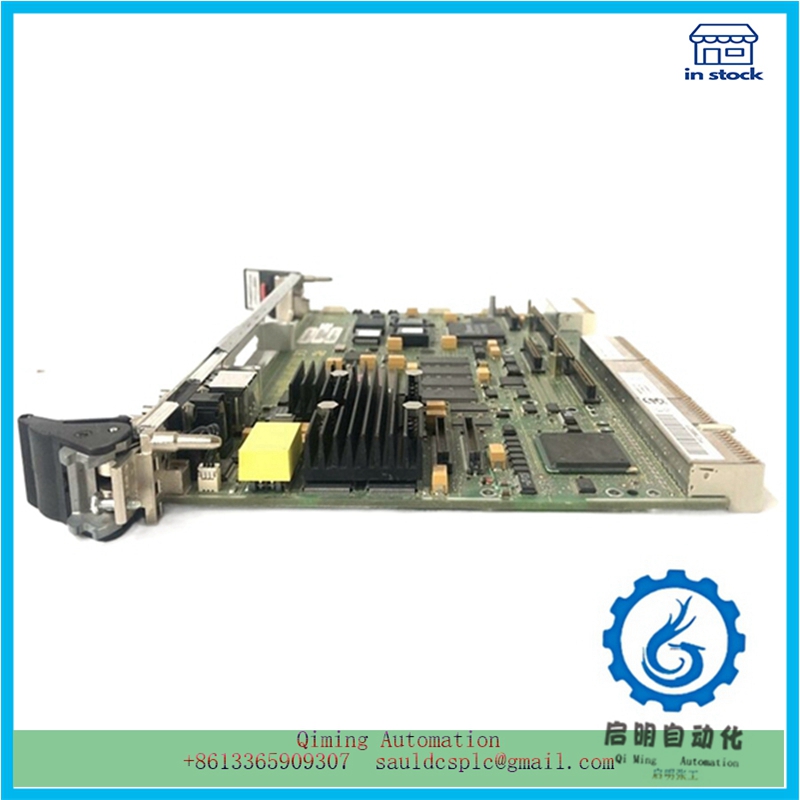
CPCI-680 Magnetic Design of Giant Magnet Resistance Multi coil Position Sensor

Multi turn sensors essentially combine magnetic write and electronic read memory with traditional magnetic angle sensors to provide high-precision absolute positions. The magnetic writing process described in “Multi turn Position Sensor (TPO) with true power on capability and zero power consumption” requires the use of specific operating windows to maintain the incident magnetic field. If the magnetic field is too high or too low, magnetic write errors may occur. When designing system magnets, caution and consideration must be given to any stray magnetic fields that may interfere with the sensor, as well as mechanical tolerances throughout the product’s lifespan. A smaller stray magnetic field may lead to measurement angle errors, while a larger stray magnetic field may cause magnetic writing errors, resulting in total number of turns errors.
Designing ideal magnets and shielding requires careful understanding of system requirements. Generally speaking, the looser the system requirements, the larger the size and higher the cost of the magnet solution required to achieve the target specifications. ADI is developing a series of magnetic reference designs that meet various mechanical, stray field, and temperature requirements, which can be used by customers of ADMT4000 truly powered multi turn sensors. The first design developed by ADI covered systems with relatively loose tolerances: the distance from the sensor to the magnet was 2.45 mm ± 1 mm, the total displacement from the sensor to the rotation axis was ± 0.6 mm, and the operating temperature range was -40 mm ˚ C to+150 ˚ C. The shielding attenuation of stray magnetic fields is greater than 90%.
The combination of forward-looking government policies, technological progress, and the automotive industry’s commitment to sustainable development has formed a powerful force to accelerate the adoption of electric vehicles in the mass market. However, many people still cannot afford electric vehicles, and there are still many people who do not fully understand the value of electric vehicles. Government economic policies can support the electric vehicle agenda to some extent, but electrification technologies covering transportation and energy networks are undergoing disruptive innovation, and commercial services must take the lead in breaking down the remaining barriers to the adoption of electric vehicles.
Technology companies can play an important role. An important factor in improving affordability is the use of smarter and more efficient battery packs and power systems. These systems must be safe, reliable, and robust to ensure high performance throughout the entire lifecycle of the vehicle. We need advanced technology to produce high-quality battery cells, make battery packs suitable for robot assembly, support zero cobalt chemical materials (such as LFP), and achieve a cyclic battery life cycle that can be recycled or reused in energy storage systems.
Semiconductors and software lead the way to sustainable transportation
ADI Recharge’s advanced electrification solution series provides disruptive capabilities for the automotive value chain, including automotive/fleet owners, OEMs, and primary suppliers. ADI Recharge includes advanced battery technology, car chargers, power management, and isolation technology solutions. The combination of these solutions will transform the electric vehicle battery and power system into a technologically advanced part of the overall vehicle capability. Its core is the ADI Battery Management System (BMS), which is a complete system level solution
